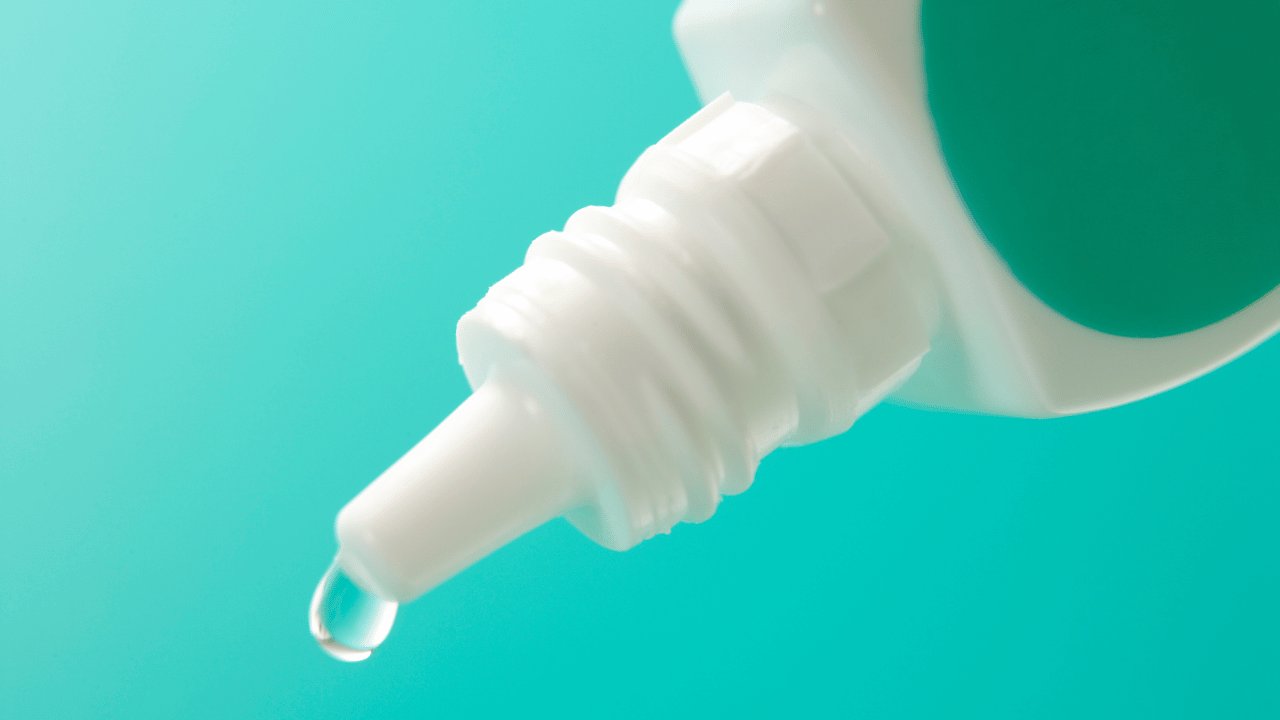In the realm of eye care, the use of eye drops is a common practice for various conditions ranging from dry eyes to infections. However, the efficacy and safety of these eye drops are contingent on their freshness and proper storage. Using outdated eye drops can pose significant risks to eye health, a concern that often goes unnoticed. This article delves into the dangers associated with the use of expired eye drops, emphasizing the importance of adhering to expiration dates and proper storage guidelines.
Understanding Expiration Dates
Expiration dates on eye drops are more than just a guideline; they are a critical marker of the product’s safety and effectiveness. These dates are determined based on stability testing by manufacturers, ensuring that the active ingredients remain potent and uncontaminated up to that point. After the expiration date, there is no guarantee that the eye drops will perform as intended, which can be detrimental to eye health.
Loss of Efficacy
One of the primary concerns with outdated eye drops is the loss of efficacy. Over time, the active ingredients in eye drops can degrade, reducing their ability to treat the intended condition. This is particularly concerning for individuals with chronic eye conditions who rely on these medications for daily management. Using ineffective eye drops can lead to a worsening of symptoms and potentially exacerbate the underlying condition.
Risk of Contamination
Expired eye drops also pose a significant risk of contamination. The preservatives in eye drops, which keep them free from bacteria and fungi, can lose their effectiveness over time. This can lead to the proliferation of harmful microorganisms in the solution. Using contaminated eye drops can introduce these pathogens directly into the eye, potentially leading to infections, inflammation, and in severe cases, vision loss.
Chemical Changes and Irritation
Another risk factor is the potential for chemical changes in the eye drop solution. Over time, chemical degradation can alter the composition of the solution, which can irritate the delicate tissues of the eye. Such irritation can manifest as redness, itching, or swelling, further complicating the health of the eye.
Safe Usage Practices
To mitigate the risks associated with outdated eye drops, it is essential to adhere to the following practices:
- Check Expiration Dates: Always check the expiration date before using eye drops. If the product is past its expiration date, discard it immediately.
- Proper Storage: Store eye drops as per the manufacturer’s guidelines. Most eye drops should be kept in a cool, dry place away from direct sunlight to maintain their efficacy.
- Avoid Contamination: Do not touch the dropper tip with your hands or any surface to prevent contamination.
- Follow Instructions: Use eye drops according to the prescribed dosage and frequency. Overuse or misuse can lead to adverse effects.
- Consult an Eye Care Professional: If you have concerns about the effectiveness of your eye drops or if you experience any adverse reactions, consult an eye doctor promptly.
Conclusion
The risks associated with using outdated eye drops cannot be overstated. From reduced efficacy to the potential for serious eye infections, the consequences of neglecting expiration dates and proper storage are significant. As a preventative measure, it is crucial to regularly check the expiration dates of all eye care products and adhere to safe usage practices. Your eyes are irreplaceable organs, and their care should not be compromised by something as preventable as using expired eye drops. Always prioritize the health and safety of your eyes by staying informed and vigilant about the products you use.

